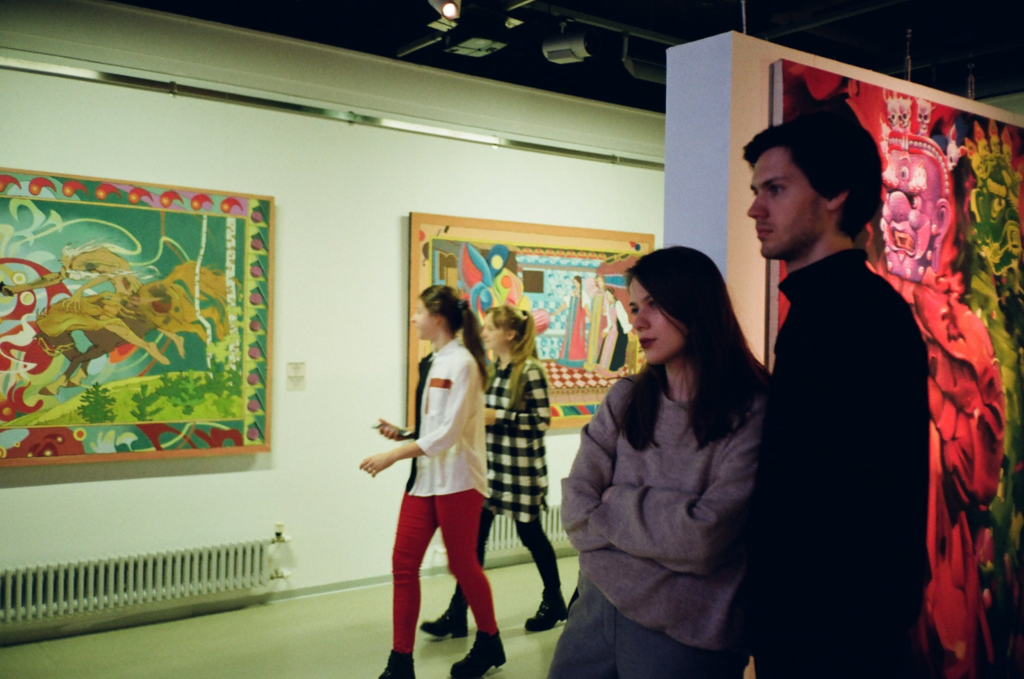The concept of the metaverse has taken the digital world by storm. It is an interconnected virtual space where users can interact, work, and socialize using digital avatars. Companies like Meta, Epic Games, and Decentraland are investing heavily in developing these digital realms, making it a lucrative field for 3D artists and world builders.
As the metaverse evolves, the need for creative professionals who can design and build immersive environments grows exponentially. If you have a passion for digital art, architecture, and virtual interaction, stepping into the role of a metaverse world builder or 3D artist could be a game-changer for your career.
Understanding the Role of a Metaverse World Builder
A metaverse world builder is responsible for creating virtual landscapes, cities, and interactive elements within digital spaces. These professionals blend creativity with technical expertise to design breathtaking environments that users can explore and interact with.
From futuristic cityscapes to fantasy realms, metaverse world builders must have an eye for detail and an understanding of user experience. The ability to create realistic textures, dynamic lighting, and interactive objects is essential for crafting engaging metaverse experiences.
Key Skills Required for a Metaverse 3D Artist
To thrive as a 3D artist in the metaverse, one must develop a diverse skill set. Proficiency in 3D modeling software such as Blender, Maya, or 3Ds Max is crucial. These tools allow artists to sculpt, texture, and animate virtual assets that bring digital worlds to life.
Additionally, knowledge of game engines like Unreal Engine and Unity can significantly enhance a worldbuilderbuilderbuilderbuilderbuilderbuilderbuilderbuilder’s capabilities. These platforms provide real-time rendering and interactive physics that make metaverse environments more immersive and realistic.
Other important skills include:
Understanding of virtual reality (VR) and augmented reality (AR)
Expertise in texturing and material creation
Lighting and shading techniques
Scripting and automation for interactive elements
The Growing Demand for Metaverse Artists

The demand for skilled metaverse world builders and 3D artists is skyrocketing. Businesses, entertainment platforms, and even educational institutions are leveraging metaverse technology to create engaging experiences.
Many companies are hiring professionals to design virtual real estate, museums, theme parks, and even entire cities within the metaverse. This shift opens up exciting job opportunities for digital artists and world builders worldwide.
Freelancers and independent creators are also benefiting from this demand. By selling digital assets, NFTs, and customized virtual spaces, artists can monetize their skills in multiple ways.
Tools and Technologies Used in Metaverse Development
Metaverse development relies on cutting-edge technologies and software tools. As a world builder or 3D artist, becoming familiar with these tools can help you stay ahead in the industry:
3D Modeling Software – Blender, Autodesk Maya, 3ds Max
Game Engines – Unity, Unreal Engine, CryEngine
Texturing Tools – Substance Painter, Quixel Mixer
Virtual Reality (VR) Platforms – Oculus Rift, HTC Vive
Blockchain and NFT Marketplaces – OpenSea, Rarible, Sandbox
Learning these tools can significantly boost an artist’s ability to create high-quality, interactive metaverse environments.
How to Start Your Career as a Metaverse World Builder
If you’re looking to break into this field, the first step is to build a strong portfolio. Showcase your ability to create 3D environments, animations, and interactive elements. Platforms like ArtStation, Behance, and DeviantArt are great places to display your work and attract potential clients or employers.
Enrolling in online courses and tutorials can also accelerate your learning. Websites like Udemy, Coursera, and YouTube offer extensive tutorials on 3D modeling, game development, and virtual world creation.
Networking is another crucial step. Engaging with metaverse communities, attending virtual events, and collaborating with other artists can open doors to exciting projects and job opportunities.
Monetizing Your Skills in the Metaverse
Metaverse artists can earn money in various ways. Some of the most common monetization methods include:
Freelancing: Platforms like Fiverr and Upwork allow 3D artists to offer their services to clients worldwide.
Selling Virtual Assets: Digital assets such as 3D models, textures, and animations can be sold on marketplaces like Sketchfab and TurboSquid.
Creating and Selling NFTs: Non-fungible tokens (NFTs) provide a unique way to sell and trade digital artwork.
Developing Virtual Real Estate: Many artists design and sell virtual properties in metaverse platforms like Decentraland and The Sandbox.
Working for Gaming and Tech Companies: Major corporations are hiring metaverse designers to create engaging virtual spaces.
The Future of the Metaverse and 3D Art
As technology advances, the metaverse is expected to become an integral part of everyday life. The fusion of artificial intelligence, blockchain, and virtual reality will enhance how we interact with digital environments.
For 3D artists and world builders, this presents an exciting opportunity to be at the forefront of innovation. As more businesses, brands, and individuals invest in the metaverse, the demand for skilled professionals will continue to grow.
The key to success in this industry lies in continuous learning, adaptability, and creativity. By honing your skills and staying updated with emerging trends, you can establish a successful career in metaverse development.
Conclusion
The metaverse is shaping the future of digital experiences, and metaverse world builders and 3D artists play a vital role in this transformation. Whether you’re a seasoned professional or a beginner eager to explore virtual creativity, now is the perfect time to dive into this industry.
With the right skills, tools, and strategies, you can carve out a successful and lucrative career in metaverse development. The digital frontier is expanding—are you ready to build the next great virtual world?


